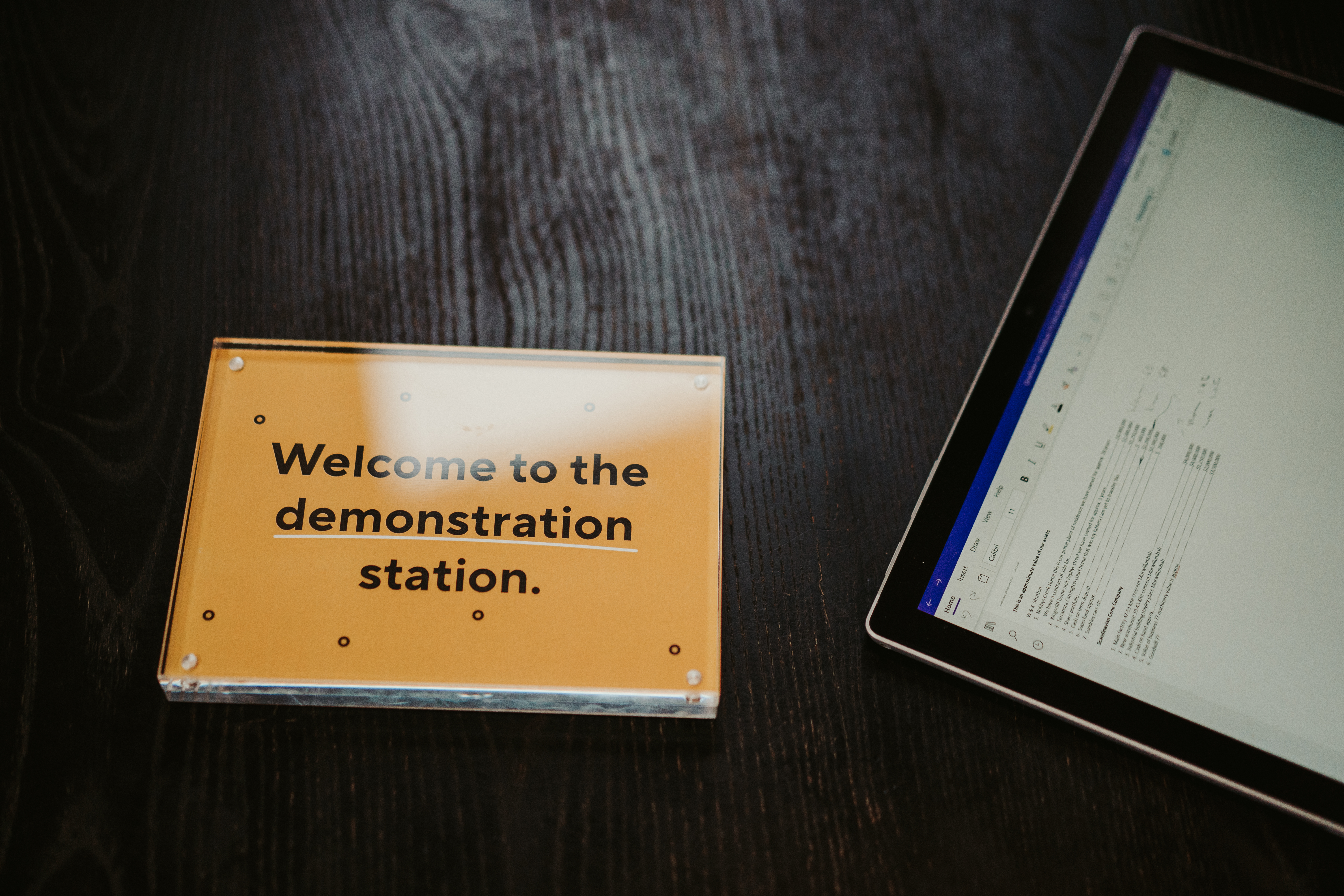When was the last time you read your profit and loss statement? If the answer was anytime over a month ago – we’re not here to scold, but we do encourage you to consider adopting some new, healthier financial habits.
You see, your Profit and Loss Statement lists all your income and expenditure to help you understand your business performance and profitability – hence why it also goes by the name Income statement or P&L for short.
Your P&L displays every transaction from a specific point in time; the report can be monthly, quarterly, end of the financial year or any other period you desire. You can choose to look at a single P&L report all by itself or compare your profitability over different periods.
While your Balance Sheet spells out your financial position by listing all of your assets, equity, and liabilities, the P&L displays your financial performance by detailing your revenue and expenses. These two reports work best together, rather than apart, combining to give you a comprehensive look at both the financial performance and position of your small business.

How do you read a P&L in Xero?
Your P&L has two main sections – income and expenses. These sections can both be further broken down into specific sub-sections, depending on the business and how extensive its reporting requirements are.
The income section.
Your income section encompasses any revenue coming into your small business. The main chunk of this will be your primary business activities, the sale of your goods or services. It also entails any other sources of income, such as interest received, capital gains or income from secondary business activities.
The expenses section.
Your expenses typically fall into two categories: cost of goods sold and expenses.
Your cost of goods sold, also known as your direct costs, are the immediate costs associated with the sale of your goods or service. For instance, locking pliers, an adjustable wrench and all the other equipment needed to get the job done are expenses involved in a Plumber’s cost of goods sold. Other examples of the cost of goods sold include importing and freight costs, contractor costs, and the software and subscriptions associated with delivering your product or service. Whether these expenses fluctuate in value or differ from month to month, as long as they are directly related to your income-producing activities, they are a cost of goods sold expense.
Now, that signage on your office building is a different story. Overhead expenses are other essential costs involved in running your small business outside of your direct costs. We are talking about your utility bills, rent, bookkeeping and accounting fees, vehicle costs, payroll costs – you get the gist. These expenses aren’t one size fits all. One’s business’s direct cost might be another business’s indirect cost. When in doubt, talk to your bookkeeper.
Regardless of if they’re indirect or direct expenses, they all tally up to give you your break-even point. This figure is the true cost of what it takes to keep your ‘open for business’ sign hanging.

Putting two and two together.
When you take your total expenses from your total income, you will have your net profit or net loss, and this is your bottom line. No need to pull out the calculator – Xero punches the numbers for you. All you have to do is select the period for your P&L report on Xero, and you can effortlessly view your bottom line and compare it to different periods.
Now some business owners glance at their P&L purely to see it and call it a day. While you should be keeping tabs on your bottom line and observing any trends over time, as a standalone, it doesn’t tell the full story of your business’s finances. And at Orbit, we are all about ensuring that you’re looking at the full financial picture, warts and all.
For a full health check, you need to pair your P&L review with your Balance Sheet, the accounts receivable ageing report, the accounts payable ageing report and any other important financial reports.

Still mystified?
If you’re still scratching your head as you gaze open your Xero P&L report, our team is here to help. If you want to gain a better understanding of your small business’s financial health, book a call or get in touch with our team today and let’s discover the hidden story behind your key financial statements.
